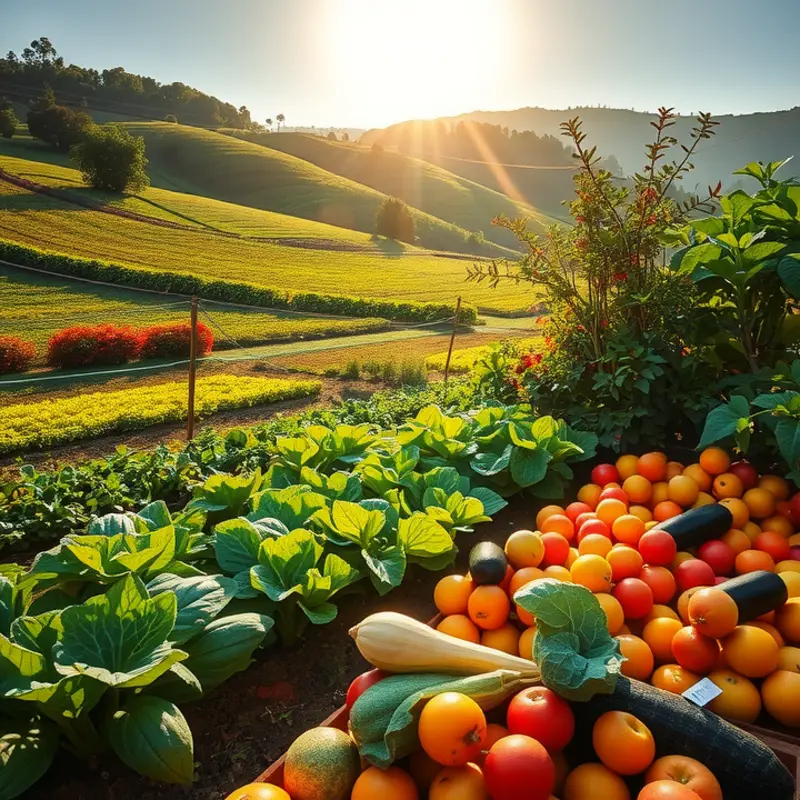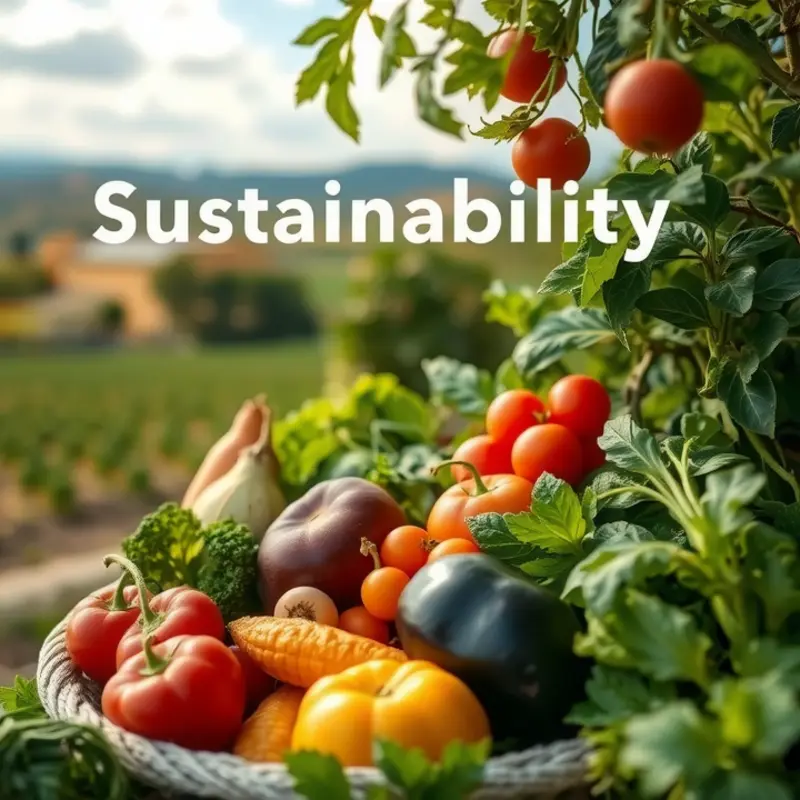Food safety at home is essential not only for preventing foodborne illnesses but also for maximizing the freshness of your ingredients. By understanding how to store food properly, minimize waste, and improve overall food management, you can ensure that every meal is both safe and enjoyable. This guide provides actionable tips to streamline your kitchen practices, allowing for an efficient and safe cooking environment.
Storing Food Safely: Best Practices

Storing food safely is crucial for maintaining both flavor and nutritional quality. Proper storage prevents spoilage and minimizes waste. Various food types require distinct storage methods, ensuring they remain fresh and safe for consumption.
Refrigeration Techniques
Refrigerating perishables slows bacterial growth. Most dairy products, meats, poultry, and fresh produce belong in the refrigerator. Aim for temperatures below 40°F (4°C). Store raw meats on the bottom shelf to avoid contamination from leaks. Vegetables and fruits thrive in different humidity levels; adjust the crisper drawers accordingly. Remember, some items such as potatoes, onions, and bananas should stay outside the fridge since cold temperatures alter their texture and taste.
Freezing for Longevity
Freezing preserves food by halting microorganism activity. Ensure your freezer stays at 0°F (-18°C) or lower. Use airtight containers or heavy-duty freezer bags to prevent freezer burn, which affects taste and texture. Label items with dates for rotation, consuming older items first. Be mindful of freezing specific foods; while meats and most vegetables freeze well, high-water-content foods like lettuce become mushy upon thawing.
Pantry Organization
Dry goods, canned foods, and spices need cool, dark storage. Maintain a storage temperature between 50°F-70°F (10°C-21°C). Opt for airtight containers for grains, pasta, and nuts to deter pests. Regularly rotate stock to use the oldest supplies first, minimizing spoilage. Consider eco-smart kitchen storage solutions for a sustainable pantry that keeps your kitchen organized and environmentally conscious.
Understanding Chemicals in Food Storage
Chemical interactions during storage affect longevity. For instance, ethylene gas produced by apples speeds ripening. Store them away from sensitive produce to extend freshness. Vacuum-sealing leftovers removes oxygen, reducing spoilage risk from oxidation.
Reducing Waste with Practical Planning
Effective storage aligns with smart meal planning. Buy only what’s necessary for upcoming meals to prevent over-purchasing. Batch cook and freeze leftovers to consume later, reducing daily cooking time and waste. Consistently monitor your stored food to ensure timely consumption before quality declines.
Each food item has a distinct storage need; understanding these requirements optimizes freshness and reduces waste. As we further explore methods to minimize waste in the next section, consider how these storage principles can streamline your kitchen management and enhance your culinary experiences.
Minimizing Food Waste: Smart Strategies

Reducing food waste not only saves money but also helps the environment. Start with meal planning. By creating a week-long menu, you can accurately estimate the ingredients needed, reducing the risk of impulse purchases. This approach ensures you buy only what you’ll use, minimizing excess that leads to waste.
Next is understanding how to use expiration dates effectively. There are various types printed on packages: ‘sell-by’, ‘use-by’, and ‘best-before’ dates. Learn the distinction between them, as often food is still good to consume past these dates. Trust your senses; if it looks and smells fine, it might still be safe to eat.
Creativity with leftovers is vital. Transforming leftovers into new meals can be both fun and resourceful. For example, roast leftover vegetables to create a flavorful soup or stew. Stale bread can become delicious breadcrumbs or croutons. An organized approach to leftovers can drastically reduce waste.
Storage plays a crucial role in minimizing waste. Consider following some low-waste storage techniques to extend the life of your groceries. Invest in airtight containers to keep ingredients fresh longer, and know what to refrigerate versus what should stay on the counter.
Don’t forget minimal prep ideas that help use what you have efficiently. Prepping ingredients in advance can make use of every part of the food you buy. Implementing batch cooking methods can further help in reducing waste as you utilize all available resources effectively.
Lastly, maintain a compost bin for food scraps. While not every part of your food can be composted, many inevitable scraps can be turned into rich soil for plants, contributing to a sustainable home environment.
Implement these strategies, and not only will you minimize waste, but you’ll also cultivate a more sustainable and economical kitchen. Making small changes in how we treat food can lead to a big impact, aligning convenience with responsibility.
Final words
Employing safe food preparation guidelines in your kitchen can greatly enhance your cooking experience while ensuring safety and minimizing waste. By adhering to best practices in food storage and implementing strategies to reduce waste, you create a more sustainable environment in your home. Remember, effective food management not only extends the life of your ingredients but also contributes to healthier eating habits. Take the time to organize your kitchen with these practical tips, and enjoy the many benefits of a safer and more efficient cooking space.







